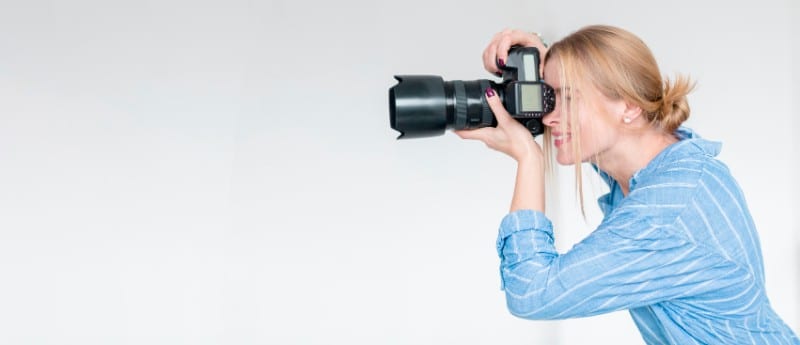Reasons Why You Should Be Shooting RAW
Photographers have rules and ideas about the cameras, lenses, and even the type of images they should shoot. You may have heard often that you should shoot in RAW. But why? How does it make a difference? And why is it so important? We will answer all these questions and solve the dilemma for you for good.
RAW is basically a file format that captures all image data recorded by the sensor when you take a photo. When shooting in formats like JPEG, image information is compressed and lost. With RAW you are able to produce high-quality images as well as correct images. That would not be possible to do in JPEG. There are several benefits and reasons to shooting in RAW, let’s find those out.
High-Quality Files- As we mentioned earlier, when you shoot in RAW, all your data gets recorded. This leads to the highest quality of files and images. All cameras technically shoot RAW. By using to shoot JPEG, you ask the camera to process and convert the information. This can compromise image quality and style. By shooting RAW, you compress and process the photos yourself, thus having a better control on quality and appearance. With RAW images, you have high-quality data and files which makes your job easier.
Correct Exposure Easily- Getting the best exposure in camera can be tricky if things move fast like with weddings or event photography. You can end up with over exposed or under exposed images. By shooting in RAW you have additional information which makes it easy to correct the exposure without reducing the quality. You can recover blown highlights and clipped shadows too.
Adjust White Balance- Great white balance and color are important for an awesome picture. When you shoot JPEG, white balance is applied to the image. You can’t choose another option. But when shooting RAW you can adjust the white balance since you have all the data. Shooting RAW lets you make the adjustments easily and quickly with better results.
Get Better Detail- When shooting RAW you have access to sharpening and noise algorithms in editing programs. These are way powerful than anything you can find in your camera. You can revisit your RAW files and use the sharpening and noise algorithms to provide you with better detail. The variety of these programs and constant upgrades available will ensure you can keep improving your images as and when you need to.
Get Better Prints- Shooting in RAW will lead to finer gradation of tones and colors that make for better prints. While it is more common to have digital photos now, people still print images and these come much better in RAW. You will also have less banding which looks quite bad on print.

Constructive Editing- JPEG files lose quality every time you edit them, make adjustments, and save again. This is what is called a ‘lossy’ file format. When shooting RAW you don’t have to worry about ruining an image or being unable to go back and make changes. Editing in RAW allows you to create a set of instructions for how the JPEG or TIFF or another file format version should be saved. You can always reset your adjustments and start over when editing RAW.
Greater Levels of Brightness- Levels of brightness are the number of steps from black to white in an image. The more you have, the smoother the transitions of tones. JPEG records 256 levels of brightness and RAW records between 4,096 to 16,384 levels. This is described with the term ‘bit.’ JPEG captures in 8bit, and RAW is either 12bit or 14bit. This has a massive impact on your photos and images. These additional steps or levels of brightness let you make more adjustments (exposure, blacks, fill light, contrast, and brightness) to your image without reduction or compromise on quality. When you shoot in RAW, you can also avoid the posterization of images.
Select Color Space on Output- When shooting in RAW, you can choose from any color space when you are exporting it. This means you can adjust it depending on the situation. Different color spaces work for different situations and conditions. For example, are you putting it on a website? Or are you sending it to a client? The compatibility of color spaces will depend on the style or need. When you shoot RAW you can export a single image in multiple spaces. This makes your job easier.
A common argument against shooting RAW is that because the files need to be processed, they take more time to shoot than JPEG. If you don’t do any processing to your JPEG files then that argument holds true. However, most photographers do some basic editing or processing to all files, despite their type. It’s simpler to work and edit on RAW than JPEG and doesn’t involve a reduction in quality.

